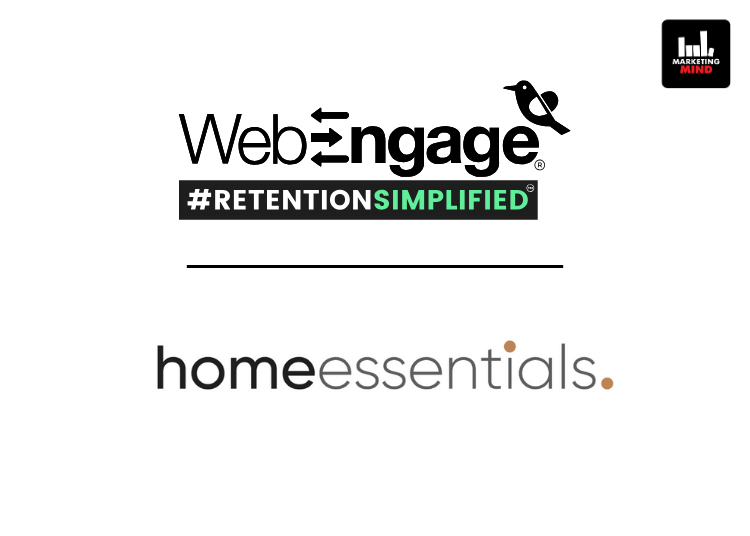Imagine you’re reading an article about the latest advancements in electric vehicles. As you scroll through, an ad pops up showcasing the newest model of an eco-friendly car, perfectly aligned with the content you’re engrossed in. You might not realize it, but you’ve just encountered the power of contextual advertising. It’s a strategy that ensures advertisements are relevant to the content you’re consuming, all while respecting your privacy.
We’ve all been there—scrolling through social media, only to be bombarded with ads similar to a recent conversation we had or a product we casually browsed online. In the era of technological advancements, everyone is concerned about data privacy, how exactly our data is being used, and, more importantly, how we can control it.
This is where contextual advertising emerges as a champion of data transparency. Unlike other targeting methods that rely on intrusive techniques like data breaches, contextual advertising focuses on setting the right context with the right message. It’s a method that respects user privacy while driving effective marketing outcomes. Let’s explore how contextual advertising not only aligns with the principles of data transparency but also proves to be a profitable approach.
The Rise of Data Privacy Concerns
In recent years, the landscape of data privacy has dramatically shifted, with consumers and regulators demanding greater transparency and control over personal information. The introduction of the Digital Personal Data Protection (DPDP) Act marks a significant step towards safeguarding user data, reflecting a global trend of strict privacy regulations. Alongside this, the phasing out of third-party cookies by major web browsers signals a move towards more privacy-centric advertising practices.
These measures underscore the urgent need for businesses to adapt, ensuring that user privacy is prioritized without compromising the effectiveness of their marketing strategies.
Contextual Targeting – Privacy First!
Irrelevant advertisements feel intrusive and infuriating at the same moment. Contextual advertising offers a solution that respects user privacy without compromising on effectiveness. Instead of relying on personal data, contextual ads are served based on the content a user is currently viewing. Contextual advertising is all about the present moment, understanding the environment you’re in, the website you’re browsing, the article you’re reading – and using that knowledge to deliver relevant ads. Think of advertisements for athletic wear appearing on fitness blogs or websites dedicated to running and outdoor gear.
How Contextual Advertising Works
Contextual advertising leverages sophisticated algorithms and natural language processing to analyze the content of a webpage and determine the most relevant ads to display. Let’s break down how contextual advertising operates in a way that’s easy to understand:
Content Analysis: Imagine you’re browsing a travel blog about the best destinations in Europe. Contextual advertising starts by scanning the content of this webpage, looking at the keywords, phrases, and overall theme to get a sense of what the page is about. In this case, it identifies keywords like “Europe,” “travel,” “destinations,” and “vacation tips.”
Ad Matching: Once the content is analyzed, the system starts its quest for the most relevant ads. If the content is related to the best destinations in Europe, you might receive perfectly placed ads for flights, travel insurance, charming hotels, or maybe a delicious food tour. The goal is to ensure that the ads are related to what you’re interested in at that moment. These ads are seamlessly integrated into the content, making them feel less intrusive and more like a natural part of your browsing experience.
User Engagement: Because the ads are relevant to the content users are engaged with, they are more likely to find them interesting and useful. This increases the chances of user clicks within the advertisements, benefiting both users and advertisers.
The Future of Contextual Advertising – Privacy and Profit in Harmony
Let’s face it, the days of creepy ads following you around the internet are fading fast. Consumers are demanding control, and the winds of change are blowing towards data transparency. As we move further into this age, the advertising landscape is becoming clearer on the fact that privacy and profit can indeed coexist.
Contextual advertising is poised to take the lead because it respects user privacy while still delivering results. Contextual advertising operates on the principle of “less is more” when it comes to data, analyzing the environment users are in, not their entire browsing history. Success in the future of advertising will be measured not just by immediate ROI but by the ability and agility to build sustainable, trust-based relationships with consumers.
In conclusion, the shift towards contextual advertising is not just a trend but a necessary evolution in the digital marketing ecosystem. It offers a balanced approach that prioritizes user privacy and meets regulatory requirements while driving business success. Additionally, businesses need to stay agile, adapting quickly to new regulations and consumer expectations. The companies that can seamlessly integrate these innovations will lead the charge in this new era of advertising.
















